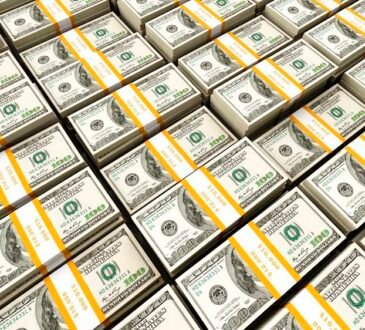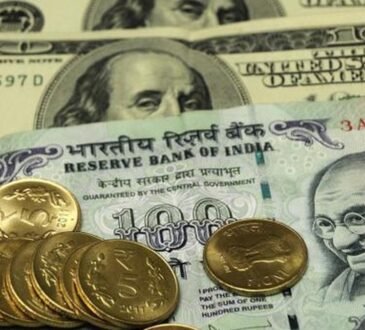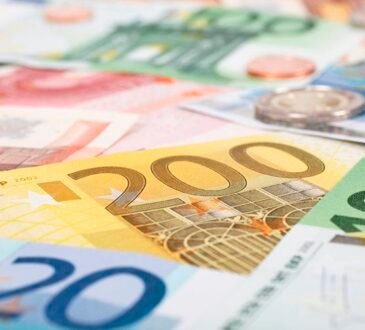- US Dollar proves strong as markets are pricing in a Trump victory in November.
- Fed easing expectations: 150 bps of total easing seen over the next 12 months.
- Retail Sales on Thursday will be closely watched.
The US Dollar Index (DXY), which measures the value of the USD against a basket of six others, continues rising as financial markets are doubling down on a Donald Trump win in the US presidential election. This is mainly due to Trumps’s plans on several sectors of the economy of deregulating according to IG Bank’s analyst. The DXY has broken above key resistance and is on its way to 104.00.
With the US economy showing mixed signs, Federal Reserve (Fed) officials remain cautious, signaling that the pace of the easing will rely on incoming data. In the meantime, political jitters seem to be benefiting the USD ahead of November’s election.
Daily digest market movers: US Dollar adds more ground on quiet Wednesday
- The US economic calendar showed no highlights on Wednesday as markets wait for Thursday’s Retail Sales figures.
- In case those figures come in strong, it could give the USD another boost. As for now, markets are expecting a slight monthly expansion.
- Fed officials Daly and Bostic remain cautious, suggesting only one or two rate cuts this year.
- Market expectations for Fed easing have slightly decreased, with two cuts by year-end no longer fully priced in but still remaining high above 80%.
DXY technical outlook: DXY pierces through key levels, correction looms
Technical analysis for the DXY index indicates continued momentum among indicators with some flashing overbought signals. The index has broken above the crucial 100-day Simple Moving Average (SMA), with the next major resistance at the 200-day SMA at 103.80. While buyers are pushing for an optimistic outlook, a potential correction may occur before the next upswing.
Supports are found at 103.00, 102.50 and 103.00, while resistances lie at 103.30, 103.50 and 104.00.
US Dollar FAQs
The US Dollar (USD) is the official currency of the United States of America, and the ‘de facto’ currency of a significant number of other countries where it is found in circulation alongside local notes. It is the most heavily traded currency in the world, accounting for over 88% of all global foreign exchange turnover, or an average of $6.6 trillion in transactions per day, according to data from 2022. Following the second world war, the USD took over from the British Pound as the world’s reserve currency. For most of its history, the US Dollar was backed by Gold, until the Bretton Woods Agreement in 1971 when the Gold Standard went away.
The most important single factor impacting on the value of the US Dollar is monetary policy, which is shaped by the Federal Reserve (Fed). The Fed has two mandates: to achieve price stability (control inflation) and foster full employment. Its primary tool to achieve these two goals is by adjusting interest rates. When prices are rising too quickly and inflation is above the Fed’s 2% target, the Fed will raise rates, which helps the USD value. When inflation falls below 2% or the Unemployment Rate is too high, the Fed may lower interest rates, which weighs on the Greenback.
In extreme situations, the Federal Reserve can also print more Dollars and enact quantitative easing (QE). QE is the process by which the Fed substantially increases the flow of credit in a stuck financial system. It is a non-standard policy measure used when credit has dried up because banks will not lend to each other (out of the fear of counterparty default). It is a last resort when simply lowering interest rates is unlikely to achieve the necessary result. It was the Fed’s weapon of choice to combat the credit crunch that occurred during the Great Financial Crisis in 2008. It involves the Fed printing more Dollars and using them to buy US government bonds predominantly from financial institutions. QE usually leads to a weaker US Dollar.
Quantitative tightening (QT) is the reverse process whereby the Federal Reserve stops buying bonds from financial institutions and does not reinvest the principal from the bonds it holds maturing in new purchases. It is usually positive for the US Dollar.





